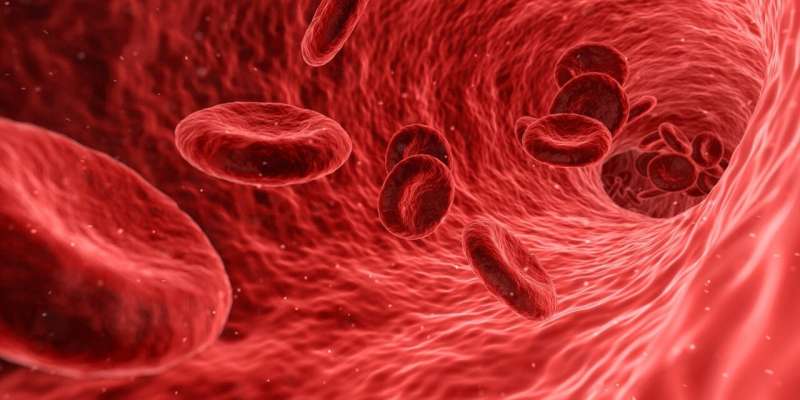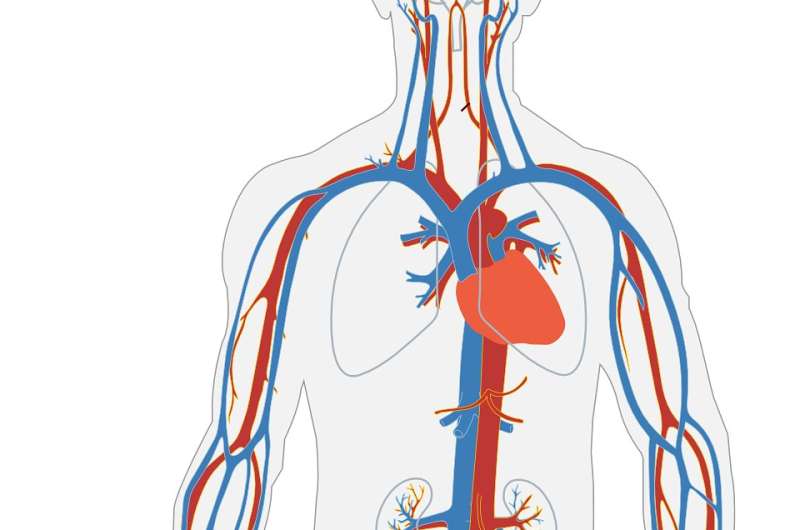Blood Proteins as Early Indicators of Liver Disease Up to 16 Years in Advance

Recent research has uncovered a promising method for predicting the risk of developing serious liver conditions, specifically metabolic dysfunction-associated steatotic liver disease (MASLD), well before symptoms appear. Scientists have identified five specific blood proteins that serve as early biomarkers, enabling healthcare providers to forecast the disease up to 16 years earlier with remarkable accuracy.
This breakthrough was presented at Digestive Disease Week (DDW) 2025 and stems from a comprehensive study involving over 50,000 participants in the UK Biobank. The researchers analyzed blood samples, screening more than 2,700 proteins, and monitored health outcomes over a period of more than 16 years. They pinpointed five proteins—CDHR2, FUOM, KRT18, ACY1, and GGT1—that signal an increased risk for developing MASLD later in life.
The study found that the combined levels of these proteins could predict the onset of liver disease with 83.8% accuracy five years ahead of symptoms and 75.6% accuracy up to 16 years in advance. When combined with traditional clinical biomarkers such as body mass index and daily exercise levels, predictive accuracy improved further to over 90% within five years and more than 82% over 16 years.
Dr. Shiyi Yu, a resident physician involved in the study from Guangdong Provincial People's Hospital in China, emphasized the significance of early prediction. "Imagine if we could identify individuals at risk for MASLD years before they develop symptoms—this could revolutionize prevention and early intervention strategies."
It is critical to note that while these findings are promising, the research is observational and does not establish a direct cause-and-effect relationship between blood proteins and liver disease development. Further studies are underway to explore the biological pathways involved.
This discovery offers hope for reducing the global burden of liver disease, the most common liver disorder worldwide, which is associated with doubled mortality rates in affected individuals. Early detection through blood tests could lead to more timely lifestyle interventions and treatments, potentially preventing disease progression.
Stay Updated with Mia's Feed
Get the latest health & wellness insights delivered straight to your inbox.
Related Articles
Hypertensive Disorders During Pregnancy Linked to Early Breastfeeding Difficulties and Reduced Duration
New research links hypertensive disorders during pregnancy to early breastfeeding difficulties and shorter breastfeeding duration, highlighting the need for targeted support to improve maternal and infant health outcomes.
New Insights: Blood Vessel Weakness May Cause Muscle Loss in Cancer Survivors
Emerging research suggests that weakening blood vessels in muscles contribute to muscle loss in cancer survivors. Restoring vascular health may offer new hope for preventing cachexia and improving quality of life. Source: https://medicalxpress.com/news/2025-07-muscle-weakness-cancer-survivors-treatable.html
Regional Disparities in Autism Assessments in the UK Resulting in Longer Waits for Children
Children in northern UK regions face autism assessment delays of up to three years longer than those in the south, exposing regional inequalities in healthcare. A new report calls for urgent reforms to address this crisis.



